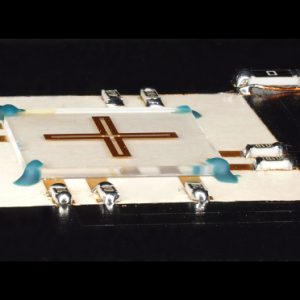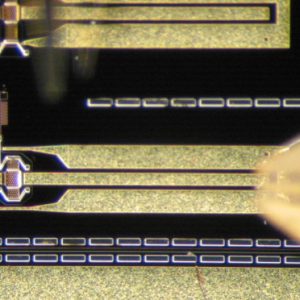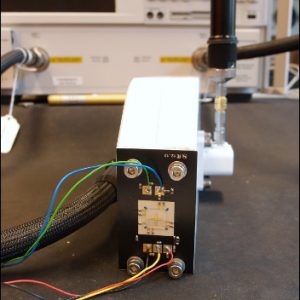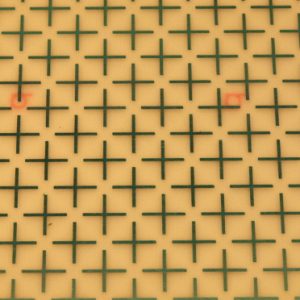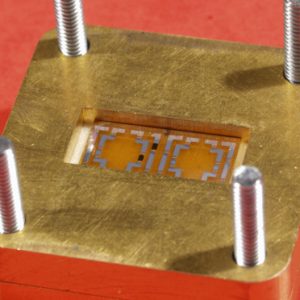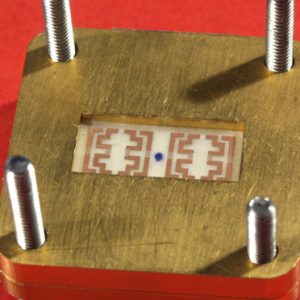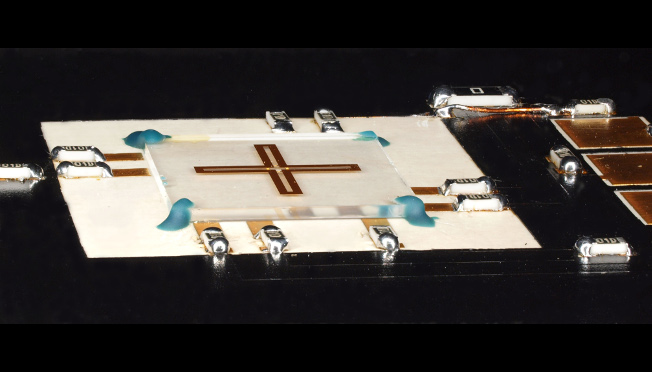
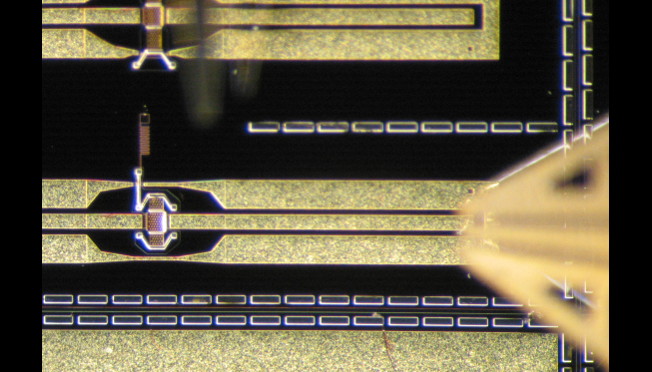
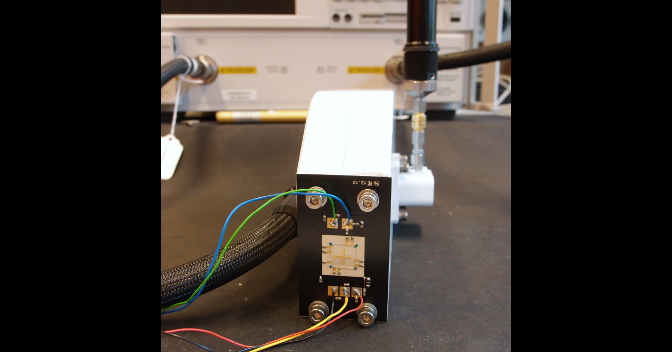
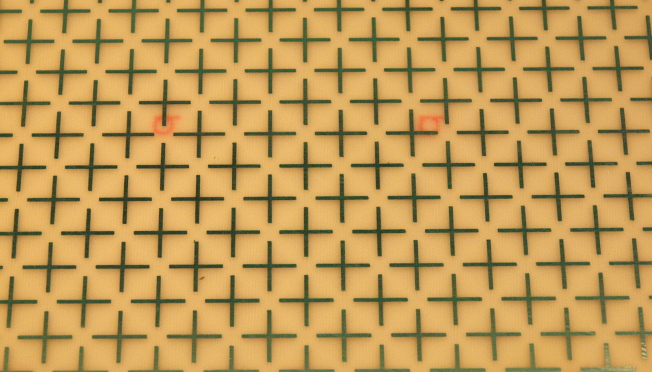
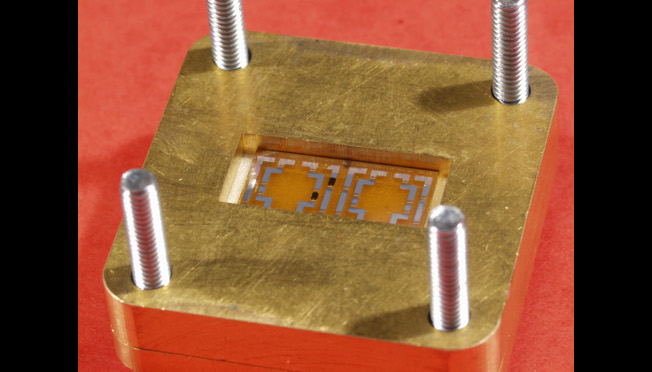
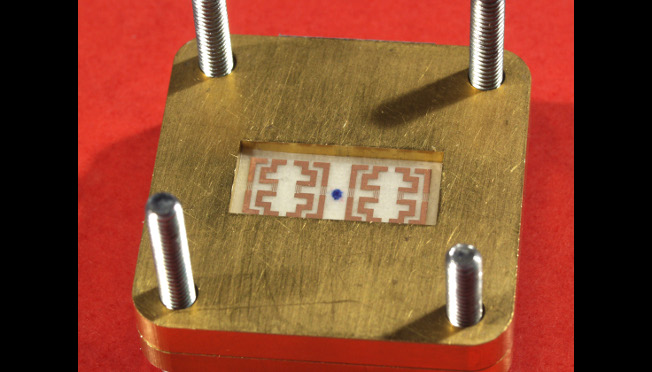
Electromagnetic periodic structures have been of large interest since many decades: First used for array antennas RADARs and Frequency Selective Surfaces (FSS), they have recently found interest in Electromagnetic Band Gap materials and Metamaterials. It has to be noted that such structures can have a 1D, 2D or 3D periodicity. Large periodic structures present an analysis challenge, due to their usually very large dimensions. This challenge has been mitigated since the early days to now with the tremendous improvements our computers have experienced both in speed and memory capacity, but is nevertheless still existent. The classic historic way to cope with the analysis of large periodic structure was to ignore the mutual coupling between cells, an approach that was mainly used for the early study of large array antennas. The radiation characteristics are in this case simply obtained by multiplying the results for the elementary cell by the array factor. Neglecting the mutual coupling could however lead to erroneous results, especially in the cases when the energy transmitted by each array element was excited in such a way to couple to a surface wave, leading to the well known blind spot phenomenon. In order to capture this effect, another approach was introduced, as simple as the isolated element approach, where the mutual coupling between cells is accounted for using periodic boundary conditions, but where the finiteness of the array is neglected: the infinite periodic array approach. This approach has been proposed for most classic numeric electromagnetic analysis tools, Finite Elements, Finite difference Time Domain and also for Integral Equation solved by a Method of Moments.
